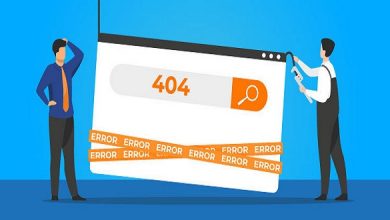Link building – How to rank extremely high on Google.

Why is link building so important?
The previous chapter described how to make your site visible to search engines and how to optimize keywords by using on page SEO. If you want to see your rankings improve by leaps and bounds, then your site needs links. You may have wondered what makes link building so important, especially when there are so many factors Google use to rank sites.
The truth is, links are such a strong factor, it is unlikely you will rank high for a keyword if you are competing against sites with more backlinks. When you think about it, links are the currency of the web. Each time a page links to another, it is a vote for the value of the page being linked to.
If a page provides massive value to Internet users, it stands to reason it will be linked to from other sites. This is why links are such a strong factor in Google’s algorithm. Link building is the key to ranking your site high in the search engine results
The dirty little secret no-one wants to tell you about link building.
There are a lot of opinions circulating the Internet about the best kind of links to build to your site. So much so, they often escalate into heated discussions. What is the best link? A link from a government site or from a high trafficked blog? Is it better to get a link from a highly relevant site or from a site with a lot of social media activity
The dirty secret no-one wants to tell you about link building is there is no single best kind of link. If this weren’t the case, Google wouldn’t work. Everyone would go out and find a way to spam their way to the top of the rankings very quickly.
How to acquire links and what to avoid in link building
There are many stories floating around about business owners being slammed by Google for no good reason. Don’t let the horror stories mislead you. In most cases, what really happened is the webmaster was doing something clearly suspicious or outdated, like building thousands of links to their site from link directories, and then their rankings suddenly dropped off from Google’s top10 search results. If you don’t exhibit overly spammy behavior in your link building, as a general rule you will be OK. These best practices will ensure you acquire links correctly and don’t break Google’s terms of service:
- Acquire links naturally and evenly over time. Your links should be attained consistently and organically. Don’t go out and buy one thousand links pointing to your site in one week.
- As a rule, don’t purchase links. Buying links with the intention of boosting your rankings is against Google’s terms of service and you risk being penalized. These kinds of links may work, but are generally not worth the potential damage, unless you are confident you know what you are doing.
- Forget about link-swapping or link-trading schemes. These are completely obvious to Google, and either no longer work or may even may harm your site. This goes against common knowledge, but I’ve achieved countless number one rankings for ridiculously competitive keywords without ever swapping links. Link-swapping is extremely time-consuming and completely unnecessary. Get by without it
- Don’t spam message boards or article sites with crappy content. This might work temporarily, but strategies like these are typically outdated very quickly.
- There are paid networks out there offering to build new links to your site for a low monthly fee each month. Never use them. These networks are against Google’s terms of service and using them is a quick way to ensure you find yourself in hot water with Google.
Last word
Having thousands of one type of link pointing to a page is suspicious and a clear sign the site owner is gaming the system. That said, as a rule, you should try to build links on authoritative, relevant and high-quality sites. High-quality, relevant links are much stronger than links from low-quality, unrelated sites.





